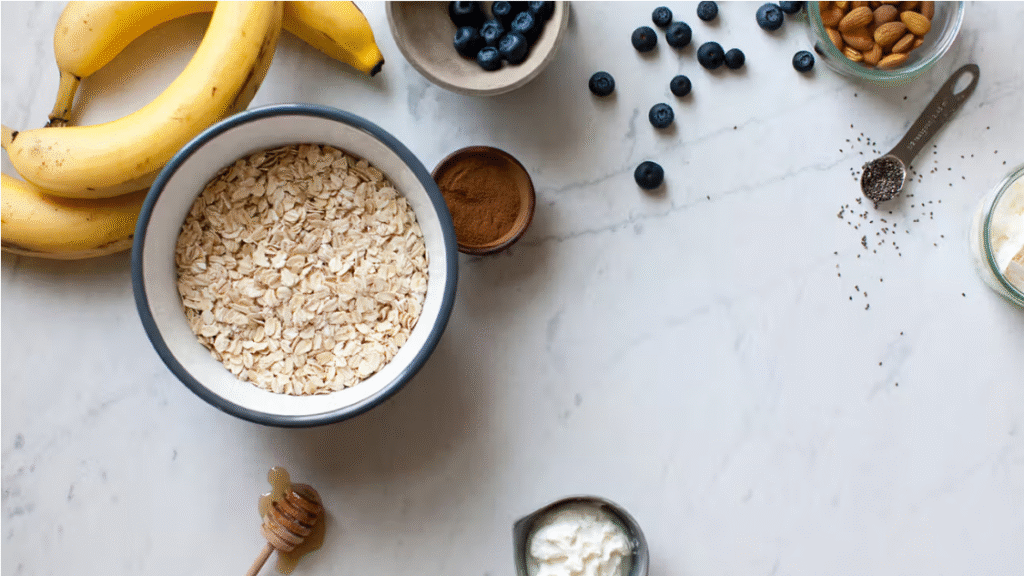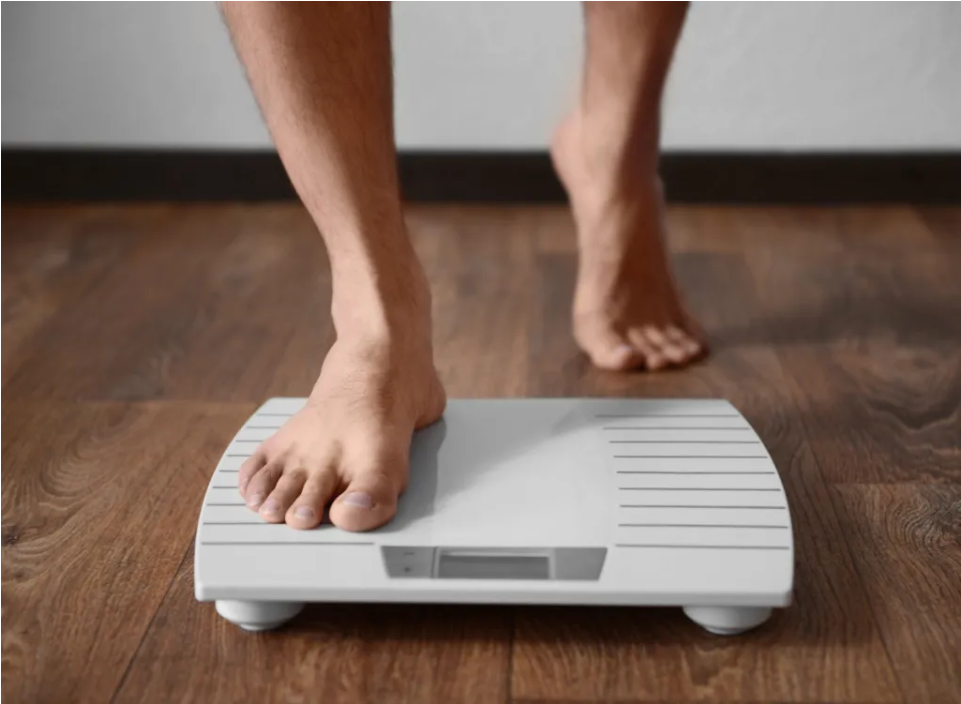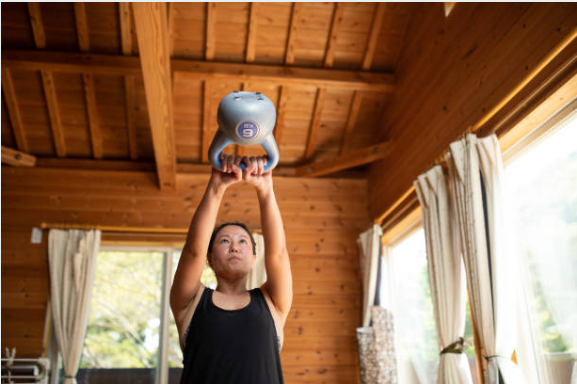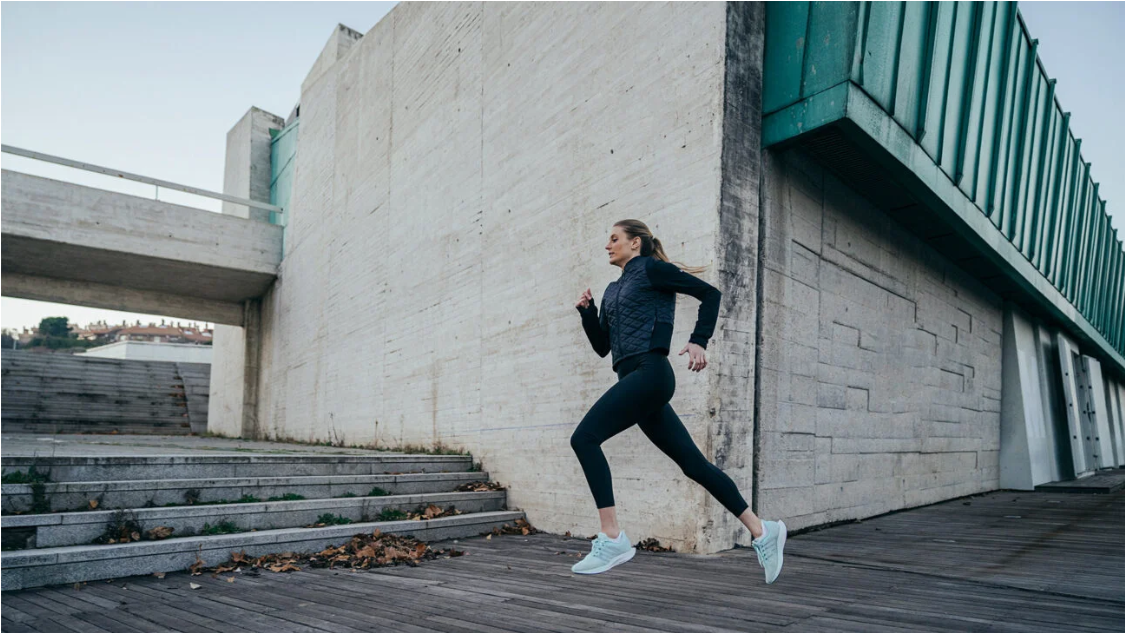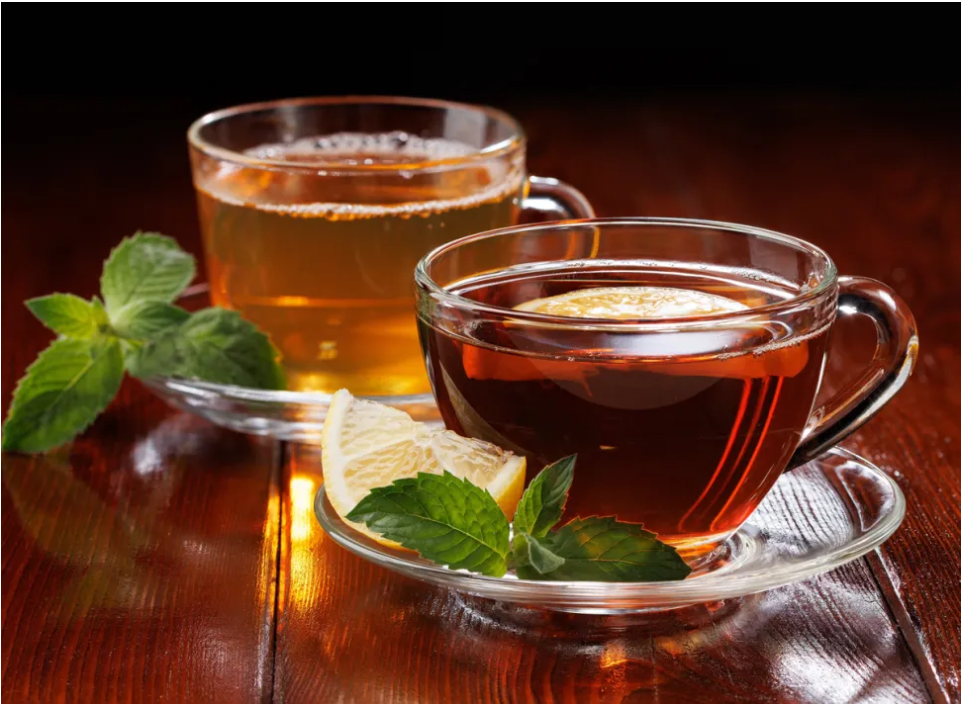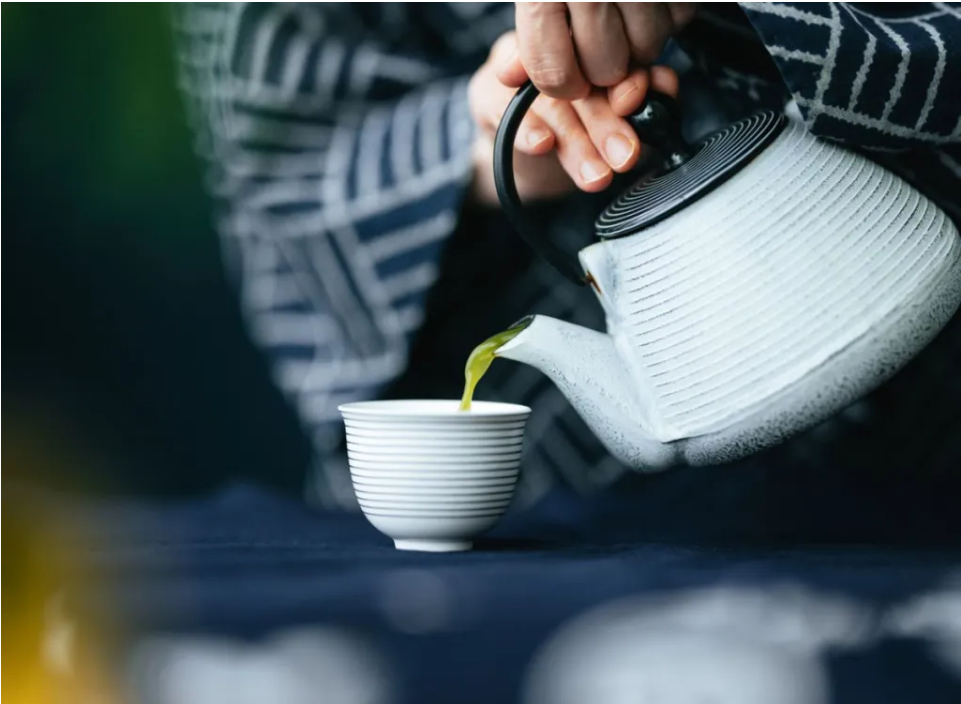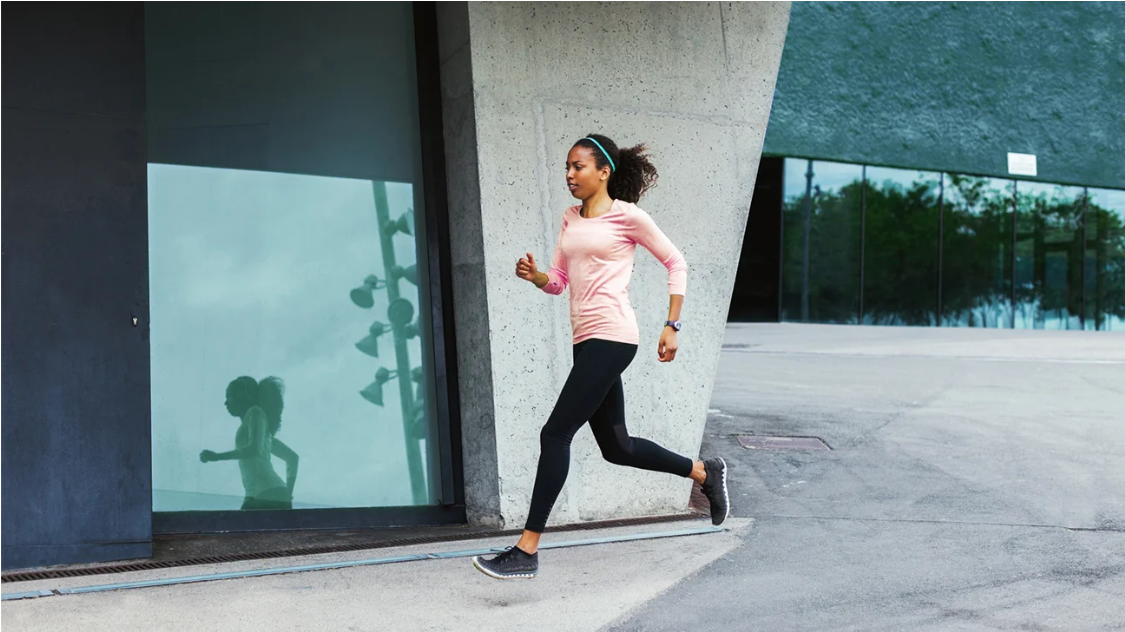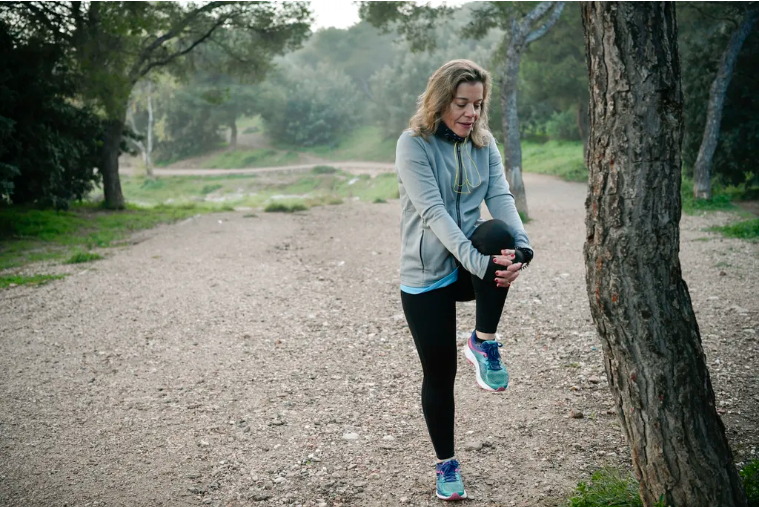Drinks are not only companions in daily life, but also contain secrets that affect health and life span. Since 2022, scientists and nutritionists have studied the health benefits of coffee, tea and red wine, revealing their positive effects on prolonging life and preventing diseases. With the arrival of the new year, mastering the correct way to drink these drinks may add points to your health.
1. Coffee: Drinking in moderation helps you live longer

A British study covering 120,000 participants found that people who drink 1.5 to 3.5 cups of coffee a day (whether sugared or not) have a significantly lower risk of death than those who do not drink. Caffeine and antioxidants in coffee help improve cardiovascular health, improve athletic performance, and reduce the risk of depression and chronic diseases.
- Cardiovascular protection: 2 to 3 cups of coffee a day can significantly reduce the incidence and mortality of cardiovascular disease.
- Cognition and mood: Caffeine promotes attention and cognitive function while reducing symptoms of depression.
- Extend lifespan: The latest research shows that regular coffee drinkers can extend their average lifespan by nearly two years.

2. Matcha and green tea: a treasure trove of natural antioxidants
Matcha, as a concentrated form of green tea, is rich in polyphenol antioxidants such as catechins, which can protect the liver, support brain function, promote heart health and accelerate fat burning. Green tea and other teas (such as black tea and oolong tea) contain a variety of plant compounds that help resist free radical damage and reduce the risk of chronic diseases.
- Anti-inflammatory and metabolic regulation: Tea polyphenols help regulate blood sugar and lipid metabolism.
- Heart and brain protection: Improve vascular function and reduce the risk of cognitive decline.
- Boost energy and concentration: Caffeine and L-theanine in tea work together to bring steady and lasting mental concentration.
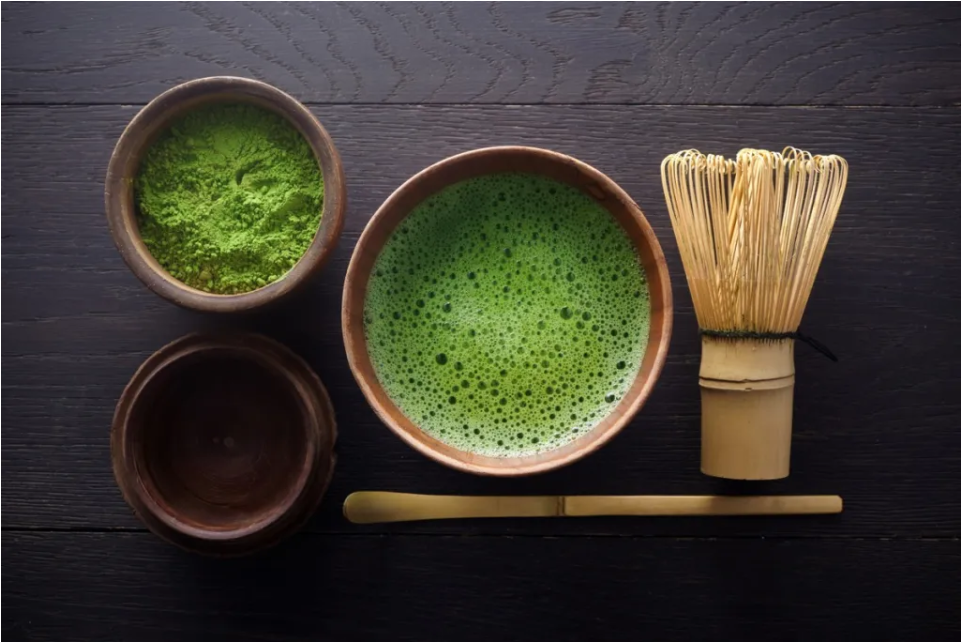
3. Red wine: Drink moderately, the guardian of the heart
Compounds such as flavonoids and resveratrol in red wine are believed to help protect heart health and reduce the risk of cardiovascular disease. Although “natural red wine” has become popular in recent years, there is currently no sufficient evidence to show that its health benefits are better than traditional red wine. The important thing is to drink in moderation and avoid the negative effects of excessive consumption.

4. The golden rule for choosing healthy drinks
- Choose sugar-free or low-sugar versions: Avoid extra sugar intake and reduce calorie burden.
- Drink in moderation: It is recommended to drink 1 to 3 cups of coffee per day, and no more than 1 cup of red wine per day for women and no more than 2 cups for men.
- Prefer natural and less processed drinks: such as tea brewed from pure tea leaves, and avoid drinks with artificial additives.
- Match with a healthy lifestyle: Although drinks are good, a balanced diet and moderate exercise are also indispensable.

Coffee, tea and red wine, these three ancient and modern drinks, are becoming the secret weapons for longevity with their unique health codes. As one writer said: “The beauty of life lies in the care of details.” In the new year, let us take science as a beacon, taste health, and embrace longevity.




